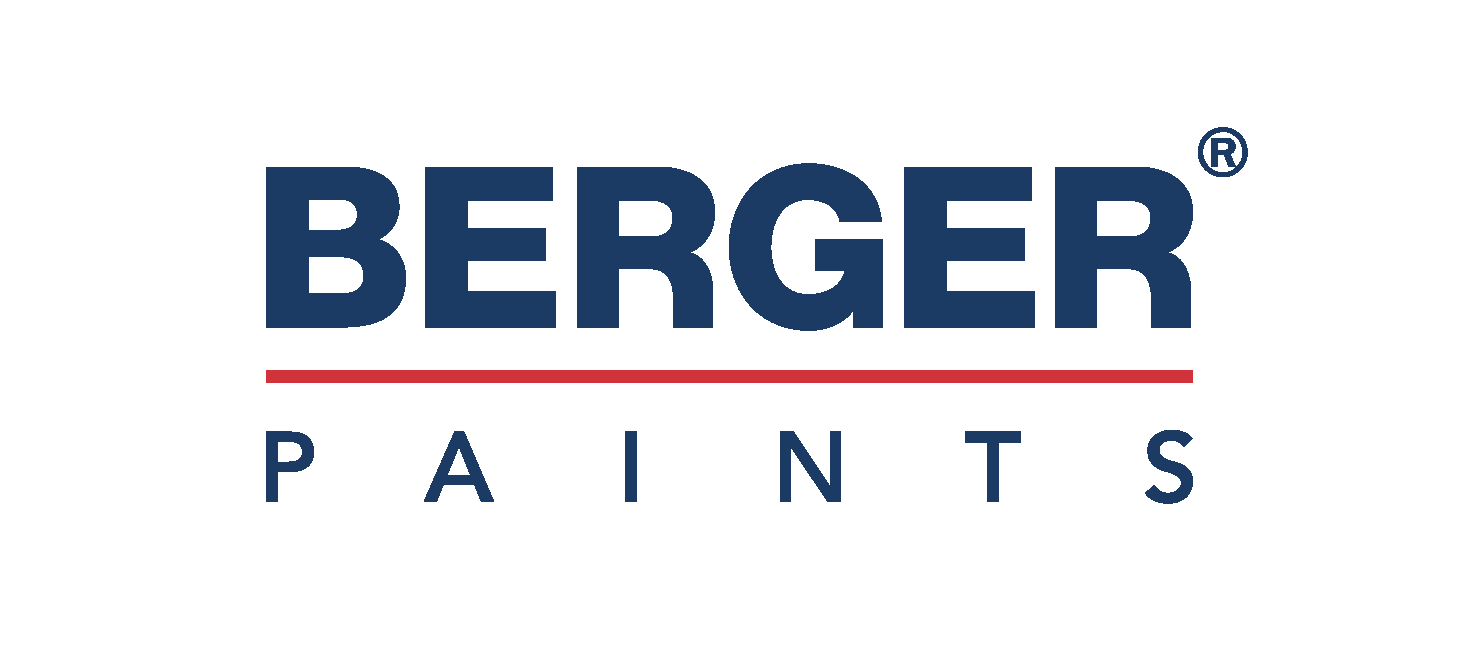frequently asked Marine questions
Primer plays a number of roles within the coating system. It provides anti-corrosive properties, provides adhesion key of the system to the substrate and the antifouling coatings. It also has a degree to abrasion resistance to protect the substrate from mechanical damage
The role of a technical service inspector is:
- inspecting the substrate and ensuring surface preparation in accordance to specification
- advise on product use and handling
- assessing product quality at the yard
- assessing suitability of atmospheric condition during application
- maintaining records for reference.
Berger Technical Inspectors are equipped with all relevant testing kit to conduct necessary tests and ensure optimum performance of the product.
Vessels at greatest risk are those slow moving, low activity vessels trading extensively in tropical or sub tropical coastal waters, e.g.: a. Low speed vessels
Antifoulings tend to fall into two main categories which are self-polishing and conventional antifouling. Generally, most raw materials used to make up these antifouling is similar and it is the proportions, quality and binders used that determine their properties. Self-polishing antifouling is the most widely used for regular moving vessels, depending upon various speed. This type is partially soluble in water and so once immersed the resin binders are broken down in a controlled manner which continually exposes a fresh layer of biocide. Conventional antifouling work on a principle known as contact leaching. Upon application, antifoulings dry to form an insoluble resin that is packed with biocides which leach out on contact with water to prevent fouling. The leaching process is chemically controlled ensuring that biocide is released throughout the season, however, the amount of biocide released will steadily decline.
Fouling is the term generally used to describe the settlement and growth of marine plants and animals on submerged structures.
- Macrofouling – which includes plant (weed) and animal fouling
- Microfouling – which includes unicellular algae and bacteria (also referred to as ‘slime’)
It is estimated that there are in excess of 4,000 known fouling species, all of which have the potential to form colonies in a submerged surface
Choosing the correct antifouling is critical. Factors such as vessel type, speed, sailing pattern, geographical location and mooring characteristics should all be taken into account. Berger supplies a range of products to meet your needs. You may contact Berger’s representative for more details.
